
漢德百科全書 | 汉德百科全书
 Switzerland
Switzerland
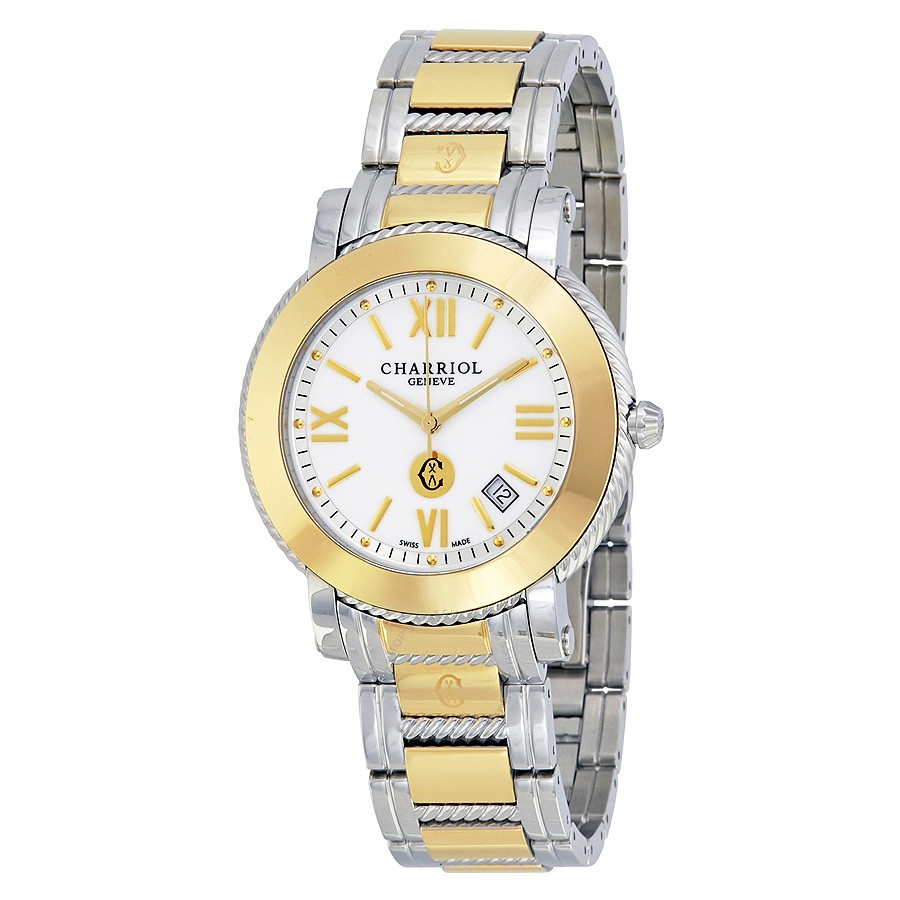

 Switzerland
Switzerland
 Genf
Genf

 Companies
Companies

 Companies
Companies
 *Centuries-old companies in the world
*Centuries-old companies in the world

 Companies
Companies
 Germany, Austria, Switzerland
Germany, Austria, Switzerland
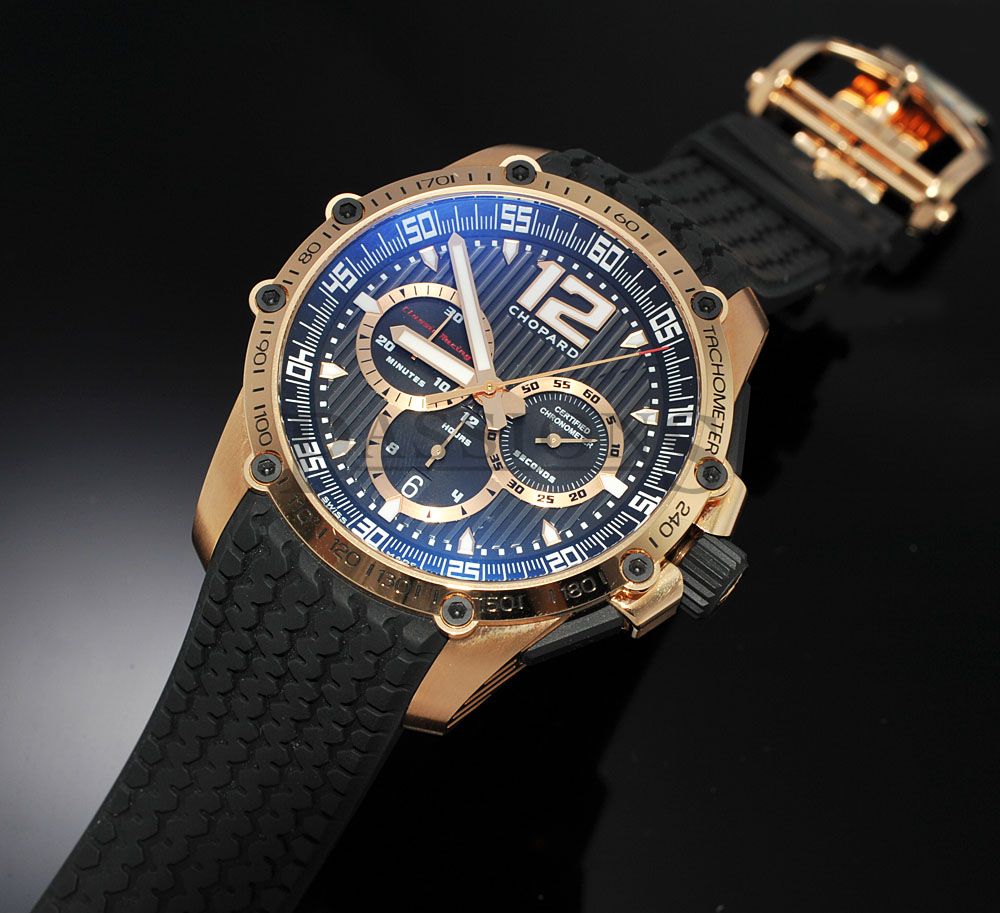
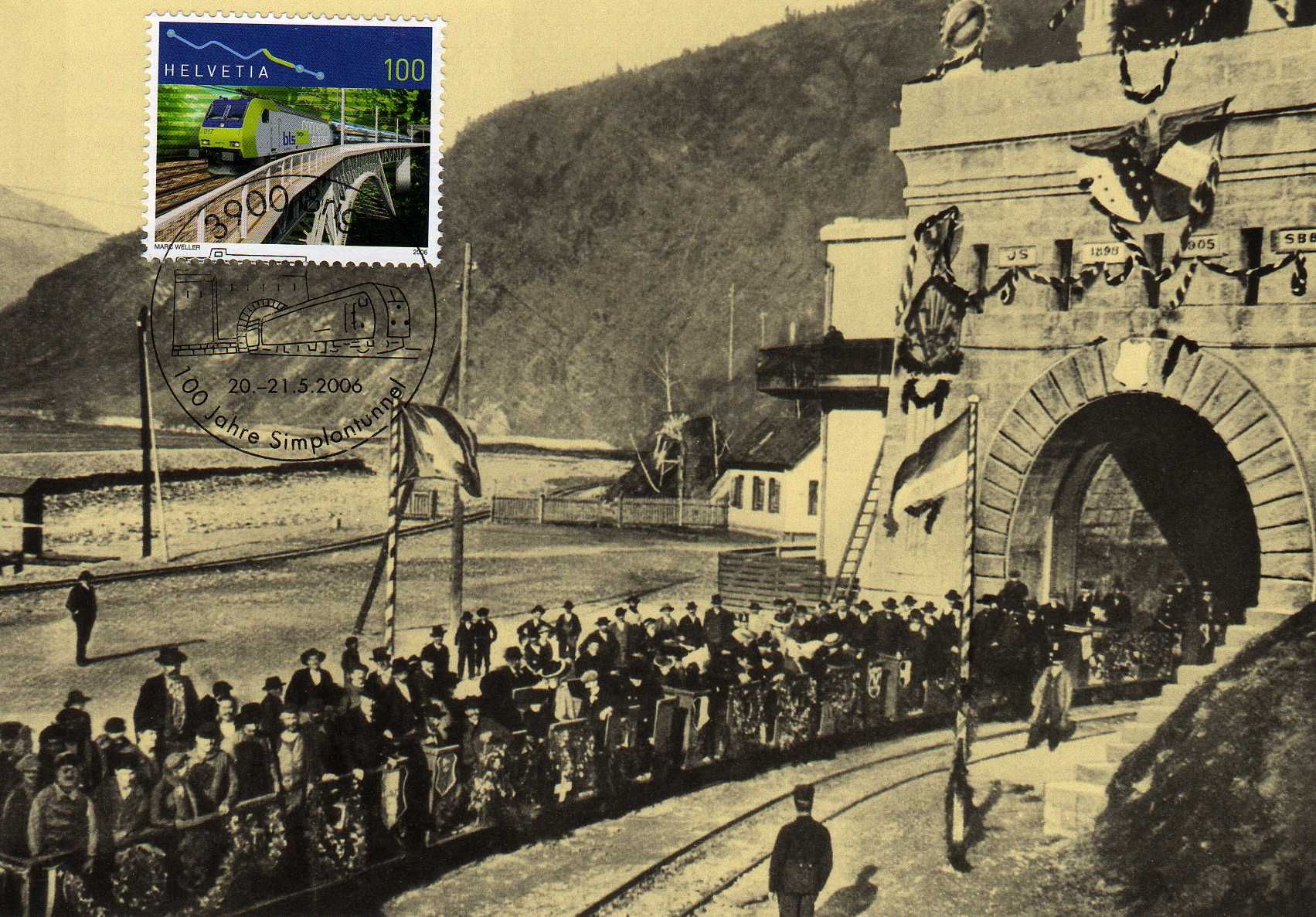
辛普朗隧道 (SimplonTunnel)在瑞士、意大利交界处。从意大利伊塞莱(Iselle)到瑞士布里格(Brig)。十三世纪起,已是北欧与南欧的重要贸易 通道,1905年建成隧道,第一次世界大战时被毁,1921年修复。山口海拔2,009米,隧道开凿在海拔700米处。长19.8公里,为世界最长隧道之 一。从瑞士伯尔尼到意大利米兰铁路由此通过。

 Switzerland
Switzerland

 Companies
Companies

 Companies
Companies
 *Centuries-old companies in the world
*Centuries-old companies in the world

 Companies
Companies
 Germany, Austria, Switzerland
Germany, Austria, Switzerland
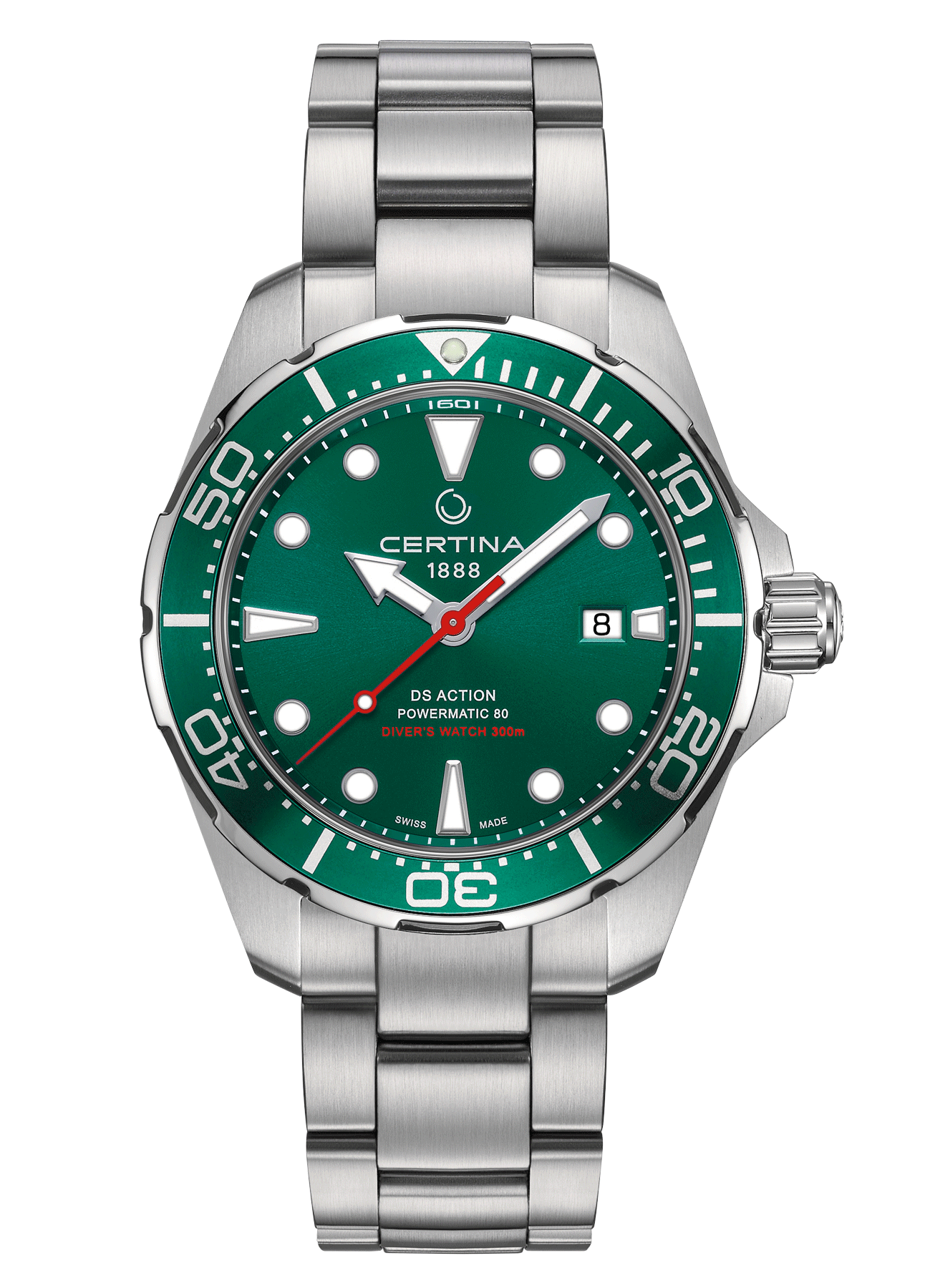
 Switzerland
Switzerland

 Companies
Companies

 Companies
Companies
 *Centuries-old companies in the world
*Centuries-old companies in the world

 Companies
Companies
 Germany, Austria, Switzerland
Germany, Austria, Switzerland
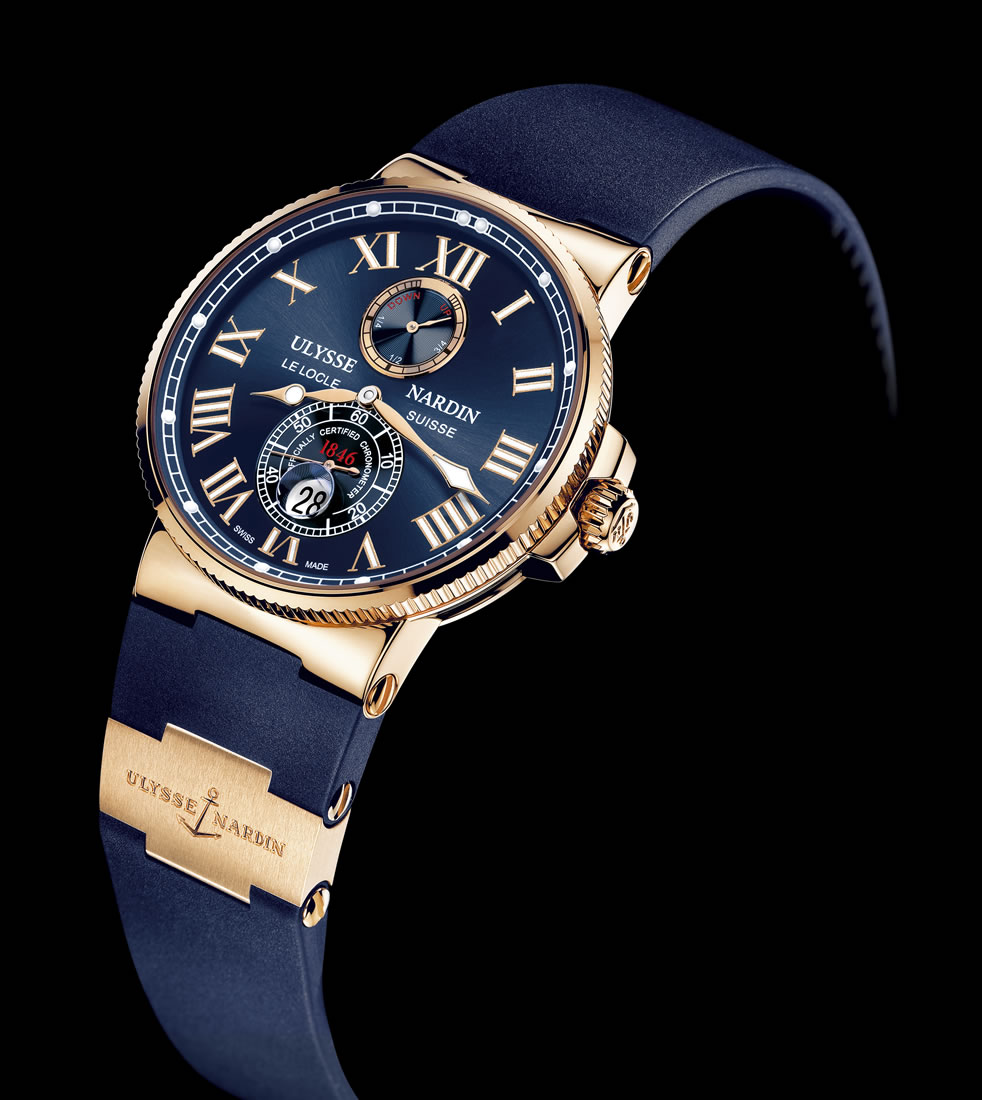
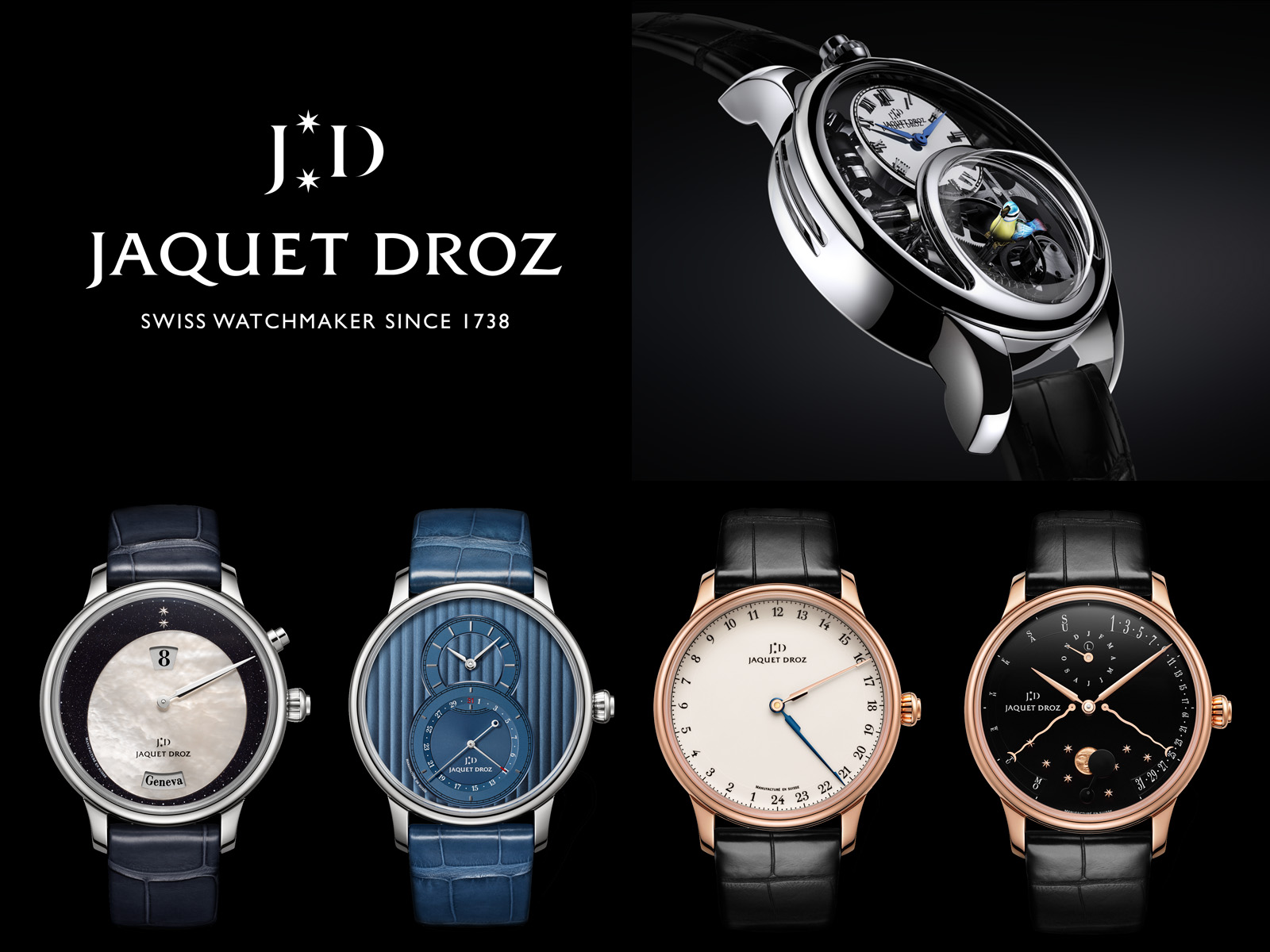

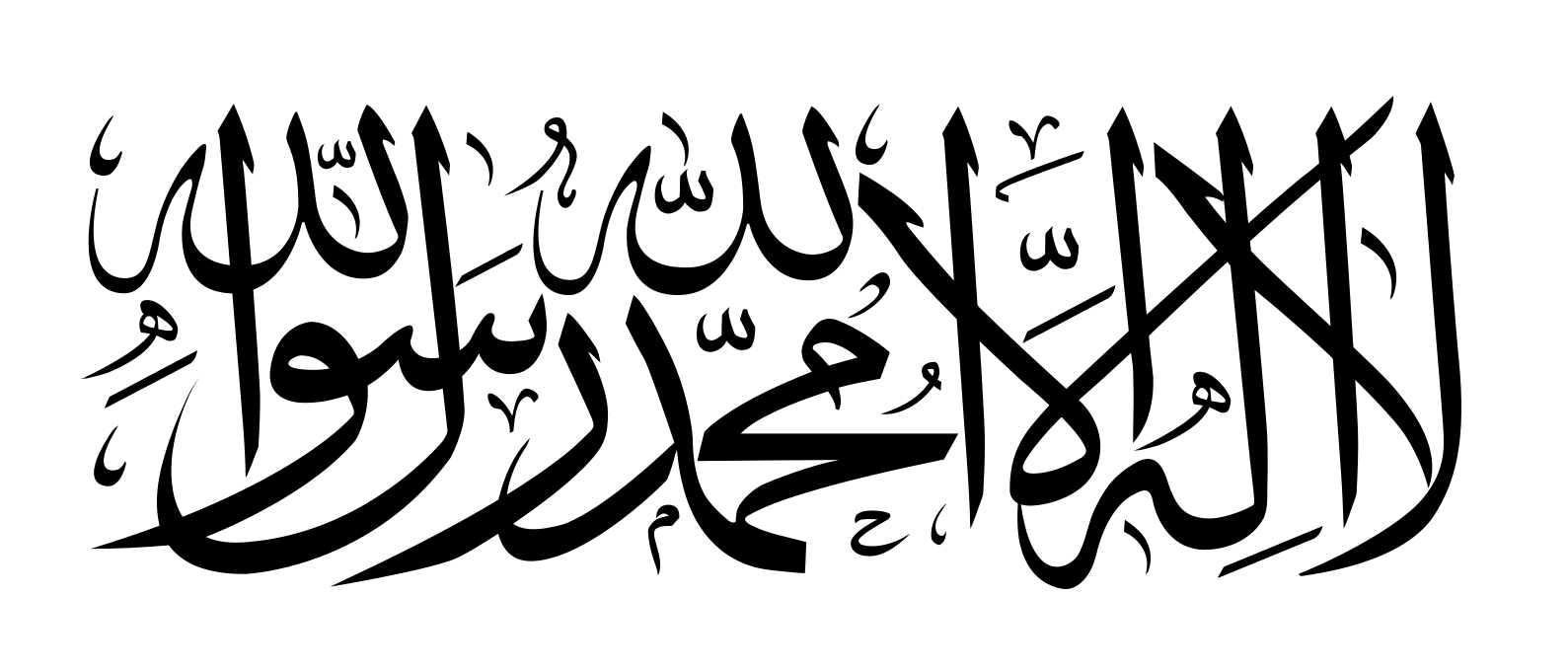 Afghanistan
Afghanistan
 Egypt
Egypt
 Armenia
Armenia
 Azerbaijan
Azerbaijan
 Ethiopia
Ethiopia
 Australia
Australia
 Bangladesh
Bangladesh
 Beijing Shi-BJ
Beijing Shi-BJ
 Brunei Darussalam
Brunei Darussalam
 China
China
 Denmark
Denmark
 Demokratische Republik Timor-Leste
Demokratische Republik Timor-Leste
 Germany
Germany
 Fidschi
Fidschi

 Financial
Financial
 International Bank for Cooperation
International Bank for Cooperation
 Finland
Finland
 France
France
 Georgia
Georgia
 Hongkong Tebiexingzhengqu-HK
Hongkong Tebiexingzhengqu-HK
 India
India
 Indonesia
Indonesia
 Iran
Iran
 Ireland
Ireland
 Iceland
Iceland
 Israel
Israel
 Italy
Italy
 Jordan
Jordan
 Cambodia
Cambodia
 Kasachstan
Kasachstan
 Katar
Katar
 Kyrgyzstan
Kyrgyzstan
 Laos
Laos
 Luxembourg
Luxembourg
 Malaysia
Malaysia
 Malediven
Malediven
 Malta
Malta

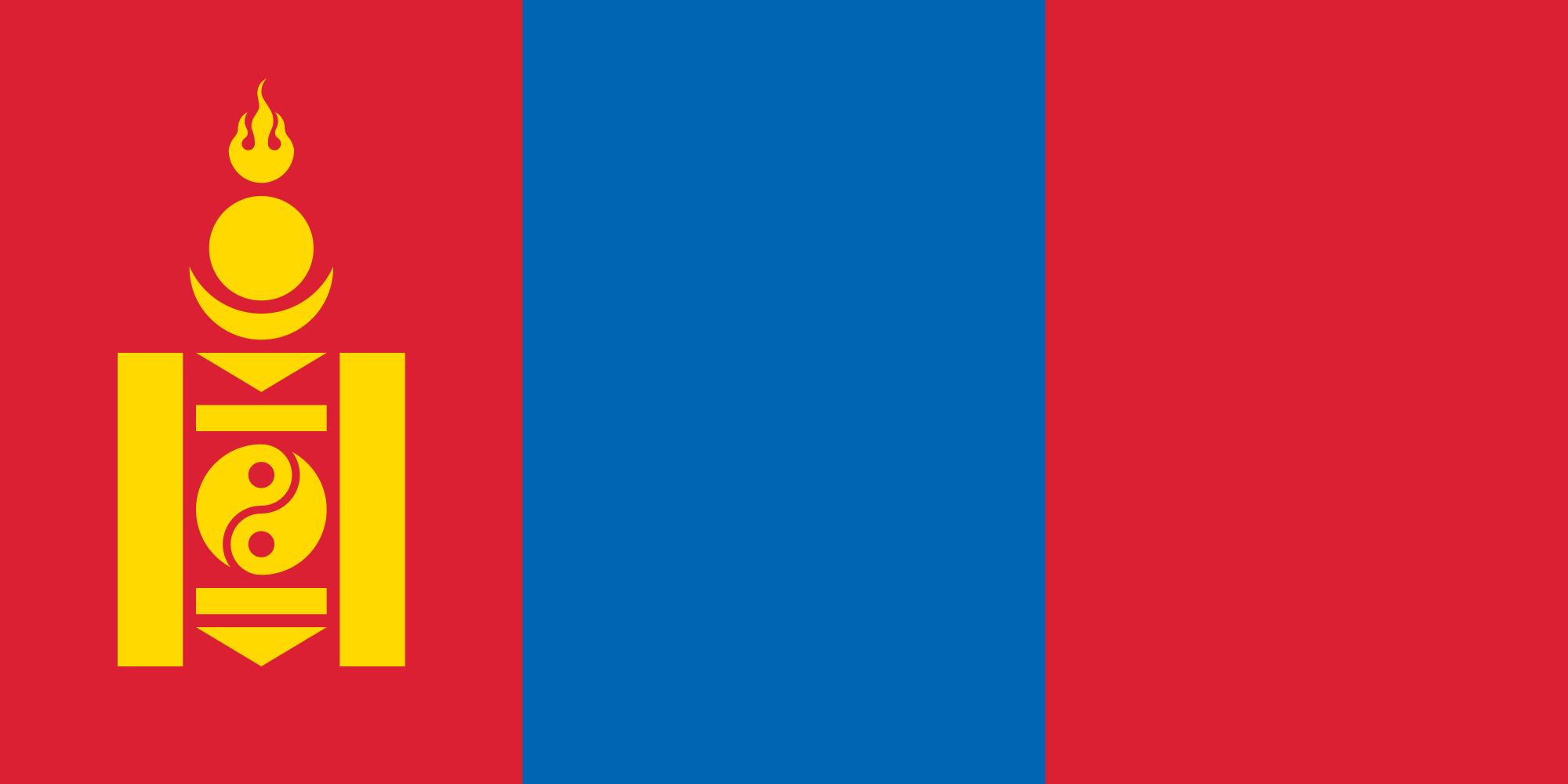 Mongolei
Mongolei
 Myanmar
Myanmar
 Nepal
Nepal
 New Zealand
New Zealand
 Netherlands
Netherlands
 Norwegen
Norwegen
 Oman
Oman
 Austria
Austria
 Pakistan
Pakistan
 Philippines
Philippines
 Poland
Poland
 Portugal
Portugal
 Republic of Korea
Republic of Korea
 Russia
Russia
 Samoa
Samoa
 Saudi Arabia
Saudi Arabia
 Sweden
Sweden
 Switzerland
Switzerland
 Singapore
Singapore
 Spain
Spain
 Sri Lanka
Sri Lanka
 South Africa
South Africa
 Tajikistan
Tajikistan
 Thailand
Thailand
 Turkey
Turkey
 Hungary
Hungary
 Uzbekistan
Uzbekistan
 United Arab Emirates
United Arab Emirates
 United Kingdom
United Kingdom
 Vietnam
Vietnam

 Important International Organizations
Important International Organizations

 Economy and trade
Economy and trade
 Economic and political research
Economic and political research
 Cyprus
Cyprus

Anlass zur Initiative der Gründung war insbesondere die Unzufriedenheit Chinas über eine Dominanz der US-Amerikaner im Internationalen Währungsfonds, der keine faire Verteilung der globalen Machtverhältnisse aus Sicht Chinas widerspiegelte.[2] Da sich die US-Amerikaner strikt weigerten, eine Änderung der Stimmverhältnisse zu implementieren, begann China 2013 mit der Gründung der Initiative. Neben den 21 Gründungsmitgliedern haben im Jahr 2015 auch unter anderem Deutschland, Italien, Frankreich und das Vereinigte Königreich ihr Interesse bekundet, als nicht-regionale Mitglieder die neue Entwicklungsbank zu unterstützen.[3]
Die Gründungsurkunde der AIIB wurde am 29. Juni 2015 von Vertretern aus 57 Ländern in Peking unterzeichnet.[4] Die Bank nahm im Januar 2016 ihre Arbeit ohne Beteiligung der USA und Japan auf.[5]
Joachim von Amsberg ist der "Vizepräsident für Politik und Strategie".
亚洲基础设施投资银行(英语:Asian Infrastructure Investment Bank,縮寫:AIIB),简称亚投行,是一个愿意向亚洲国家和地區的基础设施建设提供资金支持的政府间性质的亚洲区域多边开发机构,成立的目的是促进亚洲区域的互联互通建设和经济一体化的进程,並且加大中國與其他亚洲國家和地区的合作力度。总部设在中国北京,法定资本为1,000亿美元。[2]
中华人民共和国主席习近平于2013年10月2日在雅加达同印度尼西亚总统苏西洛举行会谈时首次倡议筹建亚投行。[3]2014年10月24日,中国、印度、新加坡等21国在北京正式签署《筹建亚投行备忘录》。[2]2014年11月25日,印度尼西亚签署备忘录,成为亚投行第22个意向创始成员国。[4]
2015年3月12日,英国正式申请作为意向创始成员国加入亚投行,[5]成为正式申请加入亚投行的首个欧洲国家、主要西方国家。[6]随后法国、意大利、德国等西方国家纷纷以意向创始成员国身份申请加入亚投行。[7]接收新意向创始成员国申请截止日期3月31日临近,韩国[8]、俄罗斯[9]、巴西[10]等域内国家和重要新兴经济体也抓紧申请成为亚投行意向创始成员国。
各方商定将于2015年年中完成亚投行章程谈判并签署,年底前完成章程生效程序,正式成立亚投行。[11]
アジアインフラ投資銀行(アジアインフラとうしぎんこう、英: Asian Infrastructure Investment Bank, AIIB、中: 亚洲基础设施投资银行,亞洲基礎設施投資銀行)は、国際開発金融機関のひとつである。
中華人民共和国が2013年秋に提唱し主導する形で発足した[1]。「合計の出資比率が50%以上となる10以上の国が国内手続きを終える」としていた設立協定が発効条件を満たし、2015年12月25日に発足し[2][3]、2016年1月16日に開業式典を行った[1][4]。
57か国を創設メンバーとして発足し[1][5]、2017年3月23日に加盟国は70カ国・地域となってアジア開発銀行の67カ国・地域を超え[6][7]、一方で日本、アメリカ合衆国などは2017年の現時点で参加を見送っている[8]。 創設時の資本金は1000億ドルである[9]。
The Asian Infrastructure Investment Bank (AIIB) is a multilateral development bank that aims to support the building of infrastructure in the Asia-Pacific region. The bank currently has 93 members from around the world [7]. The bank started operation after the agreement entered into force on 25 December 2015, after ratifications were received from 10 member states holding a total number of 50% of the initial subscriptions of the Authorized Capital Stock.[8]
The United Nations has addressed the launch of AIIB as having potential for "scaling up financing for sustainable development"[9] and to improve the global economic governance.[10] The starting capital of the bank was $100 billion, equivalent to 2⁄3 of the capital of the Asian Development Bank and about half that of the World Bank.[11]
The bank was proposed by China in 2013[12] and the initiative was launched at a ceremony in Beijing in October 2014.[13] It received the highest credit ratings from the three biggest rating agencies in the world, and is seen as a potential rival to the World Bank and IMF.[14][15]
La Banque asiatique d'investissement dans les infrastructures (BAII ou AIIB), est une banque d'investissement proposée par la République populaire de Chine dans le but de concurrencer le Fonds monétaire international, la Banque mondiale et la Banque asiatique de développement1 pour répondre au besoin croissant d'infrastructures en Asie du Sud-Est et en Asie centrale. Cette banque s'inscrit dans la stratégie de la nouvelle route de la soie, développée par la Chine.
La Banca Asiatica d'Investimento per le infrastrutture (AIIB), fondata a Pechino nell'ottobre 2014, è un'istituzione finanziaria internazionale proposta dalla Repubblica Popolare Cinese. Si contrappone al Fondo Monetario Internazionale, alla Banca Mondiale e all'Asian Development Bank[1], le quali si trovano sotto il controllo del capitale e delle scelte strategiche dei paesi sviluppati come gli Stati Uniti d'America.[2] Scopo della Banca è fornire e sviluppare progetti di infrastrutture nella regione Asia-Pacifico attraverso la promozione dello sviluppo economico-sociale della regione e contribuendo alla crescita mondiale.
El Banco Asiático de Inversión en Infraestructura (Asian Infrastructure Investment Bank o AIIB) es una institución financiera internacional propuesta por el gobierno de China. El propósito de este banco de desarrollo multilateral es proporcionar la financiación para proyectos de infraestructura en la región de Asia basado en un sistema financiero de préstamo1 y el fomento del sistema de libre mercado en los países asiáticos.
El AIIB está considerado por algunos como una versión continental del FMI y del Banco Mundial, y busca ser un rival por la influencia en la región del Banco de Desarrollo asiático (ADB), el cual esta alineado a los intereses de potencias, tanto regionales (Japón), como globales (Estados Unidos, la Unión Europea).2
El banco fue propuesto por Xi Jinping en 2013 e inaugurado con una ceremonia en Pekín en octubre de 2014. La ONU se a mostrado entusiasta con la propuesta china, a la que a descrito como el FMI del futuro y a señalado como "una gran propuesta para financiar el desarrollo sostenible" y "mejorar la gobernanza económica mundial". La entidad constó inicialmente con 100 mil millones de dolares, es decir, la mitad del dinero de que posee el Banco Mundial.
La entidad a recibido inversión por parte de corporaciones financieras estadounidenses como la Standard & Poor's, Moody's o Fitch Group34. Actualmente la entidad consta de 87 miembros, incluyendo los 57 miembros fundadores. Bélgica, Canadá, y Ucrania están barajando unirse al AIIB. Estados Unidos, Japón y Colombia no tienen intención de participar. China a prohibido a Corea del Norte unirse, instigando además una política de aislamiento contra esta por parte del AIIB.
Азиатский банк инфраструктурных инвестиций (АБИИ) (англ. Asian Infrastructure Investment Bank, AIIB) — международная финансовая организация, создание которой было предложено Китаем. Основные цели, которые преследует АБИИ, — стимулирование финансового сотрудничества в Азиатско-Тихоокеанском регионе, финансирование инфраструктурных проектов в Азии от строительства дорог и аэропортов до антенн связи и жилья экономкласса[1].
По заявлениям вице-премьера России Игоря Шувалова, AБИИ не рассматривается как потенциальный конкурент МВФ, Всемирного банка и Азиатского банка развития (АБР). Однако эксперты рассматривают AIIB как потенциального конкурента базирующихся в США Международного валютного фонда (МВФ) и Всемирного банка. После сообщений об успехах AIIB американский министр финансов США Джейкоб Лью предупредил, что международным финансовым организациям в США, таким как ВБ и МВФ, грозит потеря доверия [2][3].
Китай, Индия и Россия возглавили организацию, оказавшись в тройке крупнейших владельцев голосов. При этом на важнейшие решения КНР имеет фактическое право вето[4].
 Azerbaijan
Azerbaijan
 Australia
Australia
 Bahrain
Bahrain
 Belgium
Belgium
 Brazil
Brazil
 China
China
 Germany
Germany
 Formel-1-Weltmeisterschaft 2017
Formel-1-Weltmeisterschaft 2017
 Formel-1-Weltmeisterschaft 2018
Formel-1-Weltmeisterschaft 2018
 France
France
 India
India
 Italy
Italy
 Japan
Japan
 Canada
Canada
 Mexico
Mexico
 Monaco
Monaco
 Austria
Austria
 Switzerland
Switzerland
 Spain
Spain

 Sport
Sport
 Hungary
Hungary
 United Arab Emirates
United Arab Emirates
 United States
United States
 United Kingdom
United Kingdom
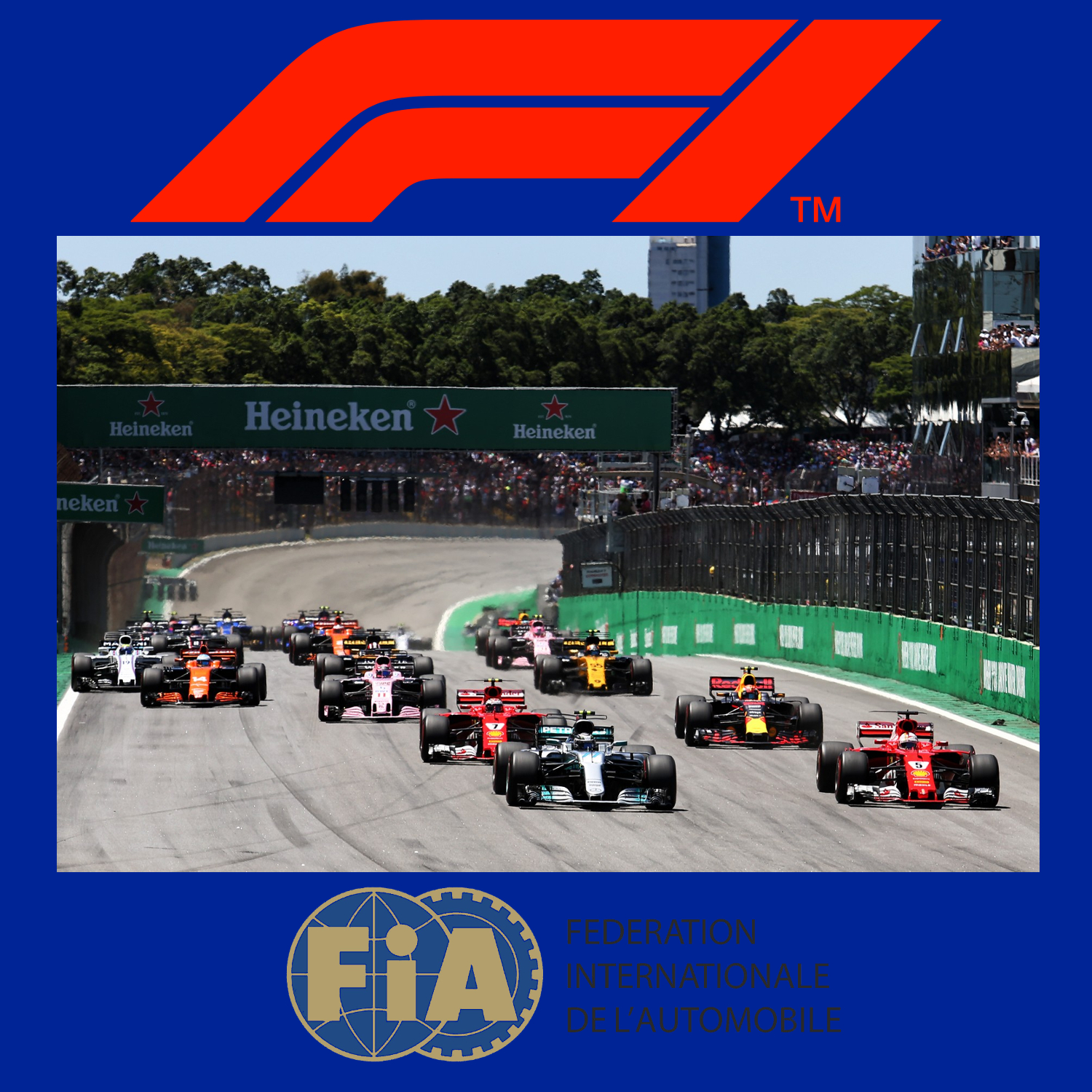
Die Formel 1 ist eine vom Automobil-Dachverband Fédération Internationale de l’Automobile (FIA) festgelegte Formelserie. Hersteller konstruieren Autos, die den Formel-1-Regeln entsprechen. Diese Autos treten im Rahmen der Formel-1-Weltmeisterschaft zu Rennen in ungefähr 20 Orten pro Jahr an. Am Ende der Saison wird der Fahrer mit den meisten Punkten F1 Fahrerweltmeister und der Hersteller mit den meisten Punkten Konstrukteursweltmeister.
Die Formel 1 ist die höchstrangige von der FIA veranstaltete Rennserie des Formelsports. Sie wird als Königsklasse des Automobilsports bezeichnet, da sie den Anspruch erhebt, die höchsten technischen, fahrerischen, aber auch finanziellen Anforderungen aller Rennserien an Fahrer und Konstrukteure zu stellen. Sie wird auch kurz F1 genannt. Die F1 Weltmeisterschaft heißt offiziell FIA Formula One World Championship, bis 1980 hat sie Automobil-Weltmeisterschaft geheissen.
一级方程式赛车(英语:Formula One,也叫Formula 1或者F1)是由国际汽车联盟举办的最高等级的年度系列场地方程式赛车比赛,正式名称为“国际汽车联合会世界一级方程式锦标赛”。名称中“方程式”是指一组所有参赛车辆都必须遵守的规则[1]。F1赛季包括一系列的比赛,而这些所谓的“大奖赛”(Grand Prix,出自法语,本意Great Prizes)的场地是全封闭的专门赛道或者是临时封闭的普通公路。每场比赛的结果算入积分系统并以此确定两个年度世界冠军:一个给车手和另一个给制造商。F1的车手、制造商、组织者以及赛道都必须持有FIA超级驾驶执照,这是国际汽联颁发的最高级别执照。
一级方程式赛车通过产生大量的空气动力学下压力达到非常高的过弯速度,是风靡全球的赛车运动。发动机性能限制在每分钟最多15000转时,其比赛最高速度就可以超过360公里/小时。赛车过弯的横向加速度超过5个标准重力。F1赛车的性能非常依赖电子系统(牵引力控制系统和其他辅助驾驶装置自2008年已被禁止)、空气动力学、悬挂和轮胎。
Formula One (also Formula 1 or F1) is the highest class of single-seater auto racing sanctioned by the Fédération Internationale de l'Automobile (FIA) and owned by the Formula One Group. The FIA Formula One World Championship has been one of the premier forms of racing around the world since its inaugural season in 1950. The "formula" in the name refers to the set of rules to which all participants' cars must conform.[2] A Formula One season consists of a series of races, known as Grands Prix (French for "grand prizes" or "great prizes"), which are held worldwide on purpose-built circuits and public roads.
The results of each race are evaluated using a points system to determine two annual World Championships: one for drivers, the other for constructors. Drivers must hold valid Super Licences, the highest class of racing licence issued by the FIA.[3] The races are required to be held on tracks graded "1" (formerly "A"), the highest grade rating issued by the FIA.[3] Most events are held in rural locations on purpose-built tracks, but there are several events in city centres throughout the world, with the Monaco Grand Prix being the most well-known.
Formula One cars are the fastest regulated road course racing cars in the world, owing to very high cornering speeds achieved through the generation of large amounts of aerodynamic downforce. The cars underwent major changes in 2017,[4] allowing wider front and rear wings, and wider tyres, resulting in cornering forces closing in on 8g and top speeds of up to approximately 375 km/h (230 mph).[5] The hybrid engines are currently limited in performance to a maximum of 15,000 rpm and the cars are very dependent on electronics—although traction control and other driving aids have been banned since 2008—and also on aerodynamics, suspension, and tyres.
While Europe is the sport's traditional base, the championship is truly global, with 11 of the 21 races in the 2018 season taking place outside Europe. With the annual cost of running a mid-tier team—designing, building, and maintaining cars, pay, transport—being US$120 million,[6] Formula One has a significant economic and job-creation effect, and its financial and political battles are widely reported. Its high profile and popularity have created a major merchandising environment, which has resulted in large investments from sponsors and budgets (in the hundreds of millions for the constructors). On 8 September 2016, it was announced that Liberty Media had agreed to buy Delta Topco, the company that controls Formula One, from private equity firm CVC Capital Partners for $4.4 billion in cash, stock, and convertible debt.[7] On 23 January 2017, it was confirmed that the acquisition had been completed, for $8 billion.[8]
La Formule 1, communément abrégée en F1, est une discipline de sport automobile considérée comme la catégorie reine de ce sport. Elle a pris au fil des ans une dimension mondiale et elle est, avec les Jeux olympiques et la Coupe du monde de football, l'un des événements sportifs les plus médiatisés.
Chaque année depuis 1950, un championnat mondial des pilotes est organisé, complété depuis 1958 par un championnat mondial des constructeurs automobiles. La compétition est basée sur des Grands Prix, courses à bord de voitures monoplaces disputées sur circuits routiers fermés permanents mais parfois tracés en ville et temporaires, comme à Monaco, Valence, Singapour, et Bakou.
Cette discipline sportive, régie par la Fédération internationale de l'automobile (FIA), est gérée par la Formula One Administration (FOA) et un ensemble de sociétés satellites contrôlées par Liberty Media. Après l'ère des artisans des années 1960 et 1970, elle a peu à peu attiré les grands constructeurs automobiles mondiaux qui y investissent des sommes élevées, en espérant tirer profit des retombées médiatiques d'éventuels succès. La Formule 1 est considérée comme la vitrine technologique de l'industrie automobile qui y expérimente des nouveautés techniques, parfois issues de la technologie spatiale et susceptibles d'être adaptées ensuite sur les voitures de série.
Outre la compétition, le terme Formule 1 désigne l'ensemble des règles techniques des voitures monoplaces qui sont mises à jour tous les ans par la FIA. Ces règles sont très strictes sur les dimensions des voitures, la cylindrée des moteurs, les technologies mises en œuvre ; elles définissent également les mesures de sécurité des voitures pour assurer la protection du pilote. Les monoplaces de course répondant aux caractéristiques de la réglementation de la Formule 1 sont généralement désignées sous le terme générique de Formules 1.
La Formula 1 o Formula Uno,[1] in sigla F1, è la massima categoria (in termini prestazionali) di vetture monoposto a ruote scoperte da corsa su circuito definita dalla Federazione Internazionale dell'Automobile (FIA).
La categoria è nata nel 1948 (in sostituzione della Formula A, a sua volta sorta solo qualche anno prima, nel 1946), diventando poi a carattere mondiale nella stagione 1950. Inizialmente definita dalla Commissione Sportiva Internazionale (CSI) dell'Associazione Internazionale degli Automobil Club Riconosciuti (AIACR), associazione antesignana della Federazione Internazionale dell'Automobile, oggi la Formula Uno è regolata dal Consiglio Mondiale degli Sport Motoristici (in inglese: World Motor Sport Council, WMSC) della Federazione Internazionale dell'Automobile.
Il termine "formula", presente nel nome, fa riferimento a un insieme di regole alle quali tutti i partecipanti, le macchine e i piloti, devono adeguarsi; esse introducono un numero di restrizioni e specifiche nelle auto, al fine di evitare le eccessive disparità tecniche tra le auto, di porre dei limiti al loro sviluppo e di ridurre i rischi di incidenti. La formula ha avuto molti cambiamenti durante la sua storia. Ad esempio, ci sono stati differenti tipi di motori, con schemi da quattro fino a sedici cilindri e con cilindrate da 1,5 a 4,5 l.
La Fórmula 1, abreviada como F1 y también denominada la «categoría reina del automovilismo»1 o «la máxima categoría del automovilismo»,23 es la competición de automovilismo internacional más popular y prestigiosa, superando a categorías de automovilismo como la NASCAR, el Campeonato Mundial de Rally, el Campeonato Mundial de Turismos o la Fórmula E, entre otras.4 A cada carrera se le denomina Gran Premio y el torneo que las agrupa se denomina Campeonato Mundial de Fórmula 1. La entidad que la dirige es la Federación Internacional del Automóvil (FIA). El Formula One Group es controlado por la empresa estadounidense Liberty Media desde septiembre de 2016.5
Los automóviles utilizados son monoplazas con la última tecnología disponible, siempre limitadas por un reglamento técnico; algunas mejoras que fueron desarrolladas en la Fórmula 1 terminaron siendo utilizadas en automóviles comerciales, como el freno de disco.6 La mayoría de los circuitos de carreras donde se celebran los Grandes Premios son autódromos, aunque también se utilizan circuitos callejeros y anteriormente se utilizaron circuitos ruteros.
El inicio de la Fórmula 1 moderna se remonta al año 1950, en el que participaron escuderías como Ferrari, Alfa Romeo y Maserati. Algunas fueron reemplazadas por otras nuevas como McLaren, Williams, Red Bull y Renault, que se han alzado varias veces con el Campeonato Mundial de Constructores. Las escuderías tienen que planear sus fichajes y renovación de contratos 2 o 3 carreras antes del fin de la temporada. Por su parte, los pilotos deben contar con la superlicencia de la FIA para competir, que se obtiene sobre la base de resultados en otros campeonatos.
 Switzerland
Switzerland

 Companies
Companies

 Companies
Companies
 *Centuries-old companies in the world
*Centuries-old companies in the world

 Companies
Companies
 Germany, Austria, Switzerland
Germany, Austria, Switzerland


Italienisch (Italienisch lingua italiana, italiano [itaˈli̯aːno]) ist eine Sprache aus dem romanischen Zweig der indogermanischen Sprachen. Innerhalb dieses Sprachzweiges gehört das Italienische zur Gruppe der italoromanischen Sprachen.
意大利语(Italiano),中文也简称为意语,隶属于印欧语系的罗曼语族。现有7千万人日常用意大利语,大多是意大利居民。另有28个国家使用意大利语,其中4个立它为官方语言。标准意大利语源自于托斯卡纳语中的佛罗伦萨方言,发音处于意大利中北部方言之间。标准音近来稍微加进了经济较为发达的米兰地区口音。在作曲领域中,亦使用为数不少的意大利文字词。意大利语和拉丁语一样,有长辅音。其他的罗曼语族语言如西班牙语、法语已无长辅音。
イタリア語(イタリアご、Italiano [itaˈljaːno] (![]() 音声ファイル), Lingua italiana)は、インド・ヨーロッパ語族イタリック語派に属する言語の1つで、おおよそ6千万人ほどが日常的に使用しており、そのほとんどがイタリアに住んでいる。後置修飾で、基本語順はSVO。イタリアは漢字で「伊太利亜」と表記することから、「伊太利亜語」を略記し伊語と称される。
音声ファイル), Lingua italiana)は、インド・ヨーロッパ語族イタリック語派に属する言語の1つで、おおよそ6千万人ほどが日常的に使用しており、そのほとんどがイタリアに住んでいる。後置修飾で、基本語順はSVO。イタリアは漢字で「伊太利亜」と表記することから、「伊太利亜語」を略記し伊語と称される。
Italian (italiano [itaˈljaːno] (![]() listen) or lingua italiana [ˈliŋɡwa itaˈljaːna]) is a Romance language of the Indo-European language family. Italian is, by most measures and together with Sardinian, the closest language to Latin, from which it descends via Vulgar Latin.[6] Italian is an official language in Italy, Switzerland (where it is the main language of Ticino and southern Grisons[note 1]), San Marino and Vatican City. It has an official minority status in western Istria (Croatia and Slovenia). It formerly had official status in Albania, Malta, Monaco, Montenegro (Kotor), Greece (Ionian Islands and Dodecanese) and is generally understood in Corsica (due to its close relation with the Tuscan-influenced local language) and Savoie. It also used to be an official language in the former Italian East Africa and Italian North Africa, where it still plays a significant role in various sectors. Italian is also spoken by large expatriate communities in the Americas and Australia.[7] Italian is included under the languages covered by the European Charter for Regional or Minority languages in Bosnia and Herzegovina and in Romania, although Italian is neither a co-official nor a protected language in these countries.[8][9] Many speakers of Italian are native bilinguals of both Italian (either in its standard form or regional varieties) and other regional languages.[10]
listen) or lingua italiana [ˈliŋɡwa itaˈljaːna]) is a Romance language of the Indo-European language family. Italian is, by most measures and together with Sardinian, the closest language to Latin, from which it descends via Vulgar Latin.[6] Italian is an official language in Italy, Switzerland (where it is the main language of Ticino and southern Grisons[note 1]), San Marino and Vatican City. It has an official minority status in western Istria (Croatia and Slovenia). It formerly had official status in Albania, Malta, Monaco, Montenegro (Kotor), Greece (Ionian Islands and Dodecanese) and is generally understood in Corsica (due to its close relation with the Tuscan-influenced local language) and Savoie. It also used to be an official language in the former Italian East Africa and Italian North Africa, where it still plays a significant role in various sectors. Italian is also spoken by large expatriate communities in the Americas and Australia.[7] Italian is included under the languages covered by the European Charter for Regional or Minority languages in Bosnia and Herzegovina and in Romania, although Italian is neither a co-official nor a protected language in these countries.[8][9] Many speakers of Italian are native bilinguals of both Italian (either in its standard form or regional varieties) and other regional languages.[10]
Italian is a major European language, being one of the official languages of the Organization for Security and Co-operation in Europe and one of the working languages of the Council of Europe. It is the second most widely spoken native language in the European Union with 67 million speakers (15% of the EU population) and it is spoken as a second language by 13.4 million EU citizens (3%).[1][2] Including Italian speakers in non-EU European countries (such as Switzerland, Albania and the United Kingdom) and on other continents, the total number of speakers is approximately 85 million.[11] Italian is the main working language of the Holy See, serving as the lingua franca (common language) in the Roman Catholic hierarchy as well as the official language of the Sovereign Military Order of Malta. Italian is known as the language of music because of its use in musical terminology and opera; numerous Italian words referring to music have become international terms taken into various languages worldwide.[12] Its influence is also widespread in the arts and in the food and luxury goods markets.
Italian was adopted by the state after the Unification of Italy, having previously been a literary language based on Tuscan as spoken mostly by the upper class of Florentine society.[13] Its development was also influenced by other Italian languages and, to some minor extent, by the Germanic languages of the post-Roman invaders. The incorporation into Italian of learned words from its own ancestor language, Latin, is another form of lexical borrowing through the influence of written language, scientific terminology and the liturgical language of the Church. Throughout the Middle Ages and into the early modern period, most literate Italians were also literate in Latin and thus they easily adopted Latin words into their writing—and eventually speech—in Italian. Unlike most other Romance languages, Italian retains Latin's contrast between short and long consonants. Almost all native Italian words end with vowels, a factor that makes Italian words extremely easy to use in rhyming. Italian has a 7 vowel sound system ('e' and 'o' have mid-low and mid-high sounds); Classical Latin had 10, 5 with short and 5 with long sounds.
L'italien (en italien : italiano) est une langue appartenant au groupe des langues romanes de la famille indo-européenne. Il existe un très grand nombre de dialectes italo-romans.
Comme beaucoup de langues nationales, l'italien moderne est un dialecte qui a « réussi » en s'imposant comme langue propre à une région beaucoup plus vaste que sa région dialectale originelle. En l'occurrence, c'est le dialecte toscan, de Florence, Pise et Sienne, qui s'est imposé, quoique dans sa forme illustre (koinè littéraire à base florentine enrichie par des apports siciliens, latins et d'autres régions italiennes), non pas pour des raisons politiques comme c'est souvent le cas, mais en raison du prestige culturel qu'il véhiculait. Le toscan est en effet la langue dans laquelle ont écrit Dante Alighieri, Pétrarque et Boccace, considérés comme les trois plus grands écrivains italiens de la fin du Moyen Âge. C'est aussi la langue de la ville de Florence, réputée pour sa beauté architecturale et son histoire prospère. C'est donc sans surprise que l'italien fut pendant longtemps la langue internationale de la culture et des arts, et que le vocabulaire de toutes les langues européennes conserve jusqu'à nos jours un grand nombre de termes italiens (notamment en musique, lesquels sont même repris dans d'autres langues comme le japonais).
Les normes générales de grammaire italienne ne furent pourtant fixées qu'à la Renaissance, avec la réforme linguistique de Pietro Bembo, érudit vénitien collaborateur d'Alde Manuce, qui en exposa les idées fondamentales dans Gli Asolani.
L'italiano ([itaˈljaːno][Nota 1] ) è una lingua romanza parlata principalmente in Italia.
È classificato al 27º posto tra le lingue per numero di parlanti nel mondo e, in Italia, è utilizzato da circa 58 milioni di residenti.[2] Nel 2015 era la lingua materna del 90,4% dei residenti in Italia,[3] che spesso lo acquisiscono e lo usano insieme alle varianti regionali dell'italiano, alle lingue regionali e ai dialetti. In Italia viene ampiamente usato per tutti i tipi di comunicazione della vita quotidiana ed è largamente prevalente nei mezzi di comunicazione nazionali, nell'amministrazione pubblica dello Stato italiano e nell'editoria.
Oltre ad essere la lingua ufficiale dell'Italia, è anche una delle lingue ufficiali dell'Unione europea,[Nota 2] di San Marino,[4] della Svizzera,[5] della Città del Vaticano e del Sovrano militare ordine di Malta. È inoltre riconosciuto e tutelato come "lingua della minoranza nazionale italiana" dalla Costituzione slovena e croata nei territori in cui vivono popolazioni di dialetto istriano.
È diffuso nelle comunità di emigrazione italiana, è ampiamente noto anche per ragioni pratiche in diverse aree geografiche ed è una delle lingue straniere più studiate nel mondo.[4]
Dal punto di vista storico l'italiano è una lingua basata sul fiorentino letterario usato nel Trecento.[6]
El italiano (![]() italiano (?·i) o lingua italiana) es una lengua romance procedente del latín hablado, especialmente de la variante toscana arcaica,3 y pertenece al grupo itálico de la familia italorromance, integrante a su vez las lenguas indoeuropeas. Es el idioma oficial de Italia, San Marino, Ciudad del Vaticano y uno de los cuatro idiomas nacionales helvéticos (con el alemán, el francés y el romanche). Es, además, lengua cooficial, con el croata, en el condado de Istria (Croacia), y con el esloveno en los municipios costeros del Litoral esloveno. En Somalia el uso del italiano como segunda lengua, junto al inglés, está regulado por la constitución transitoria de 2004 (art.6).4 El italiano es usado también, como primera o segunda lengua, por varios millones de inmigrantes italianos y sus descendientes esparcidos por el mundo, sobre todo en Europa. Se calcula que en el año 2006, unos 64 millones de ciudadanos comunitarios hablaban el italiano como lengua materna y 14,7 millones como segunda o tercera lengua.5 Núcleos consistentes de italófonos se encuentran también en América y, en menor medida, en África y Oceanía (escasa la presencia en Asia).6
italiano (?·i) o lingua italiana) es una lengua romance procedente del latín hablado, especialmente de la variante toscana arcaica,3 y pertenece al grupo itálico de la familia italorromance, integrante a su vez las lenguas indoeuropeas. Es el idioma oficial de Italia, San Marino, Ciudad del Vaticano y uno de los cuatro idiomas nacionales helvéticos (con el alemán, el francés y el romanche). Es, además, lengua cooficial, con el croata, en el condado de Istria (Croacia), y con el esloveno en los municipios costeros del Litoral esloveno. En Somalia el uso del italiano como segunda lengua, junto al inglés, está regulado por la constitución transitoria de 2004 (art.6).4 El italiano es usado también, como primera o segunda lengua, por varios millones de inmigrantes italianos y sus descendientes esparcidos por el mundo, sobre todo en Europa. Se calcula que en el año 2006, unos 64 millones de ciudadanos comunitarios hablaban el italiano como lengua materna y 14,7 millones como segunda o tercera lengua.5 Núcleos consistentes de italófonos se encuentran también en América y, en menor medida, en África y Oceanía (escasa la presencia en Asia).6
Италья́нский язы́к (italiano, lingua italiana) — официальный язык Италии, Ватикана (наряду с латинским), Сан-Марино и Швейцарии (наряду с немецким, французским и ретороманским). Признан вторым официальным языком в нескольких округах Хорватии и Словении.
Итальянский язык непосредственно восходит к народной латыни, распространённой на территории Италии. В Средние века, когда Италия была политически разъединена, общего литературного языка не существовало, хотя сохранились письменные памятники различных диалектов. Начиная с эпохи Ренессанса, наиболее престижным становится диалект Тосканы, а точнее — Флоренции, на котором писали Данте, Петрарка и Боккаччо. Тем не менее, высокообразованные люди продолжали называть итальянский язык «простонародным» — volgare, по контрасту с классической чистой латынью. С XVIII—XIX веков формируется единый итальянский литературный язык на основе тосканского диалекта, являющегося переходным между северными и южными идиомами. В то же время на территории Италии распространено множество диалектов, взаимопонимание между которыми может быть затруднено: североитальянские диалекты с исторической точки зрения являются галло-романскими, а южноитальянские — итало-романскими. Помимо диалектов, существует несколько региональных разновидностей итальянского литературного языка[4], а также ряд идиомов, считающихся отдельными языками, а не диалектами итальянского языка (в первую очередь сардинский и фриульский).
Строй итальянского языка достаточно типичен для романской семьи[5]. В фонологии сохраняется формальное противопоставление открытых и закрытых гласных, что обычно для новых романских языков (французский, португальский, каталонский), хотя его роль в фонематическом смыслоразличении невелика. В лексике помимо исконного латинского фонда присутствует множество поздних, «книжных» заимствований из латыни.
 Life and Style
Life and Style
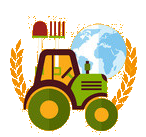 Agriculture, forestry, livestock, fishing
Agriculture, forestry, livestock, fishing
 Geography
Geography
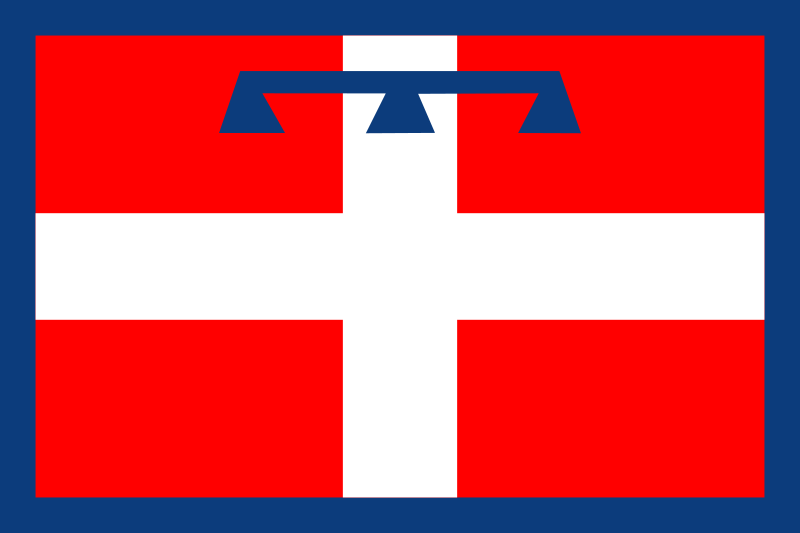 Piemonte
Piemonte
 Media and press
Media and press
 Motorsport
Motorsport
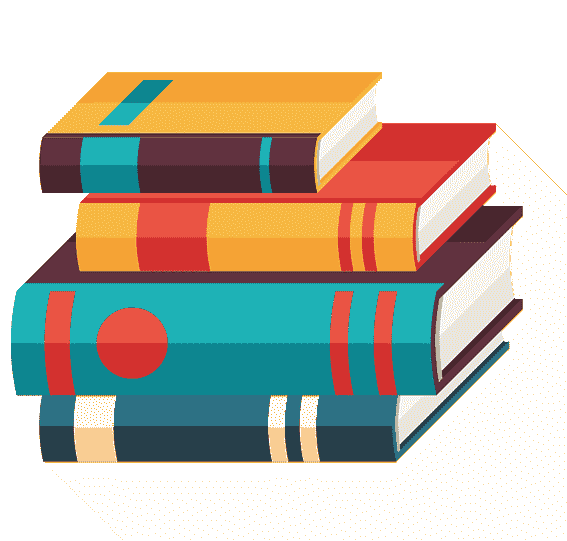 Literature
Literature